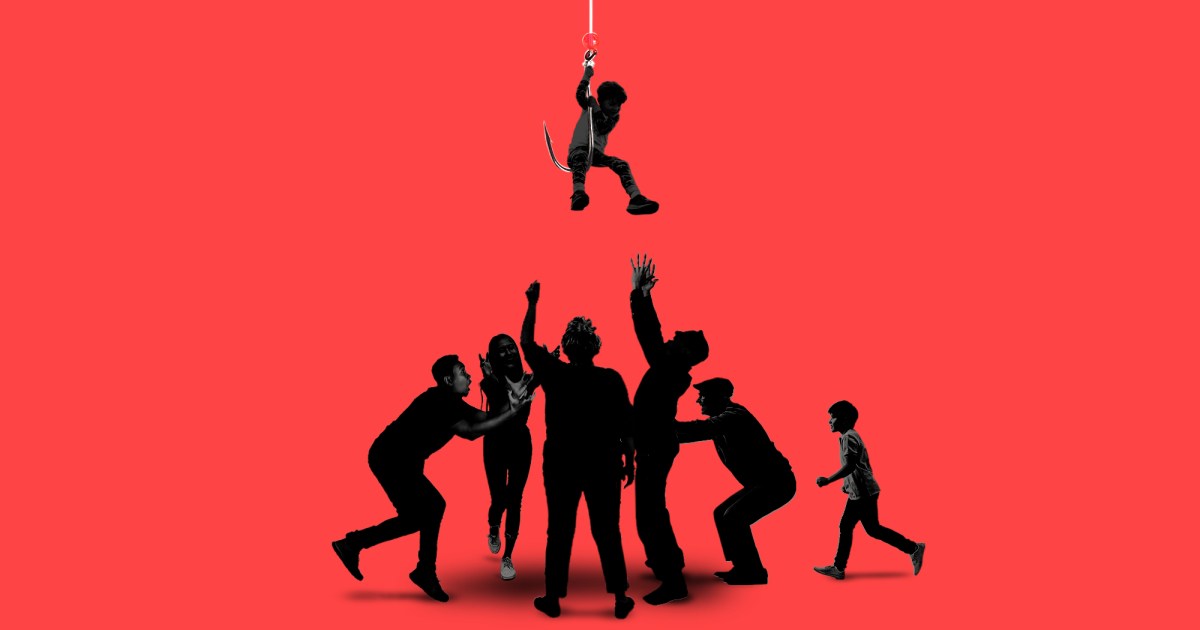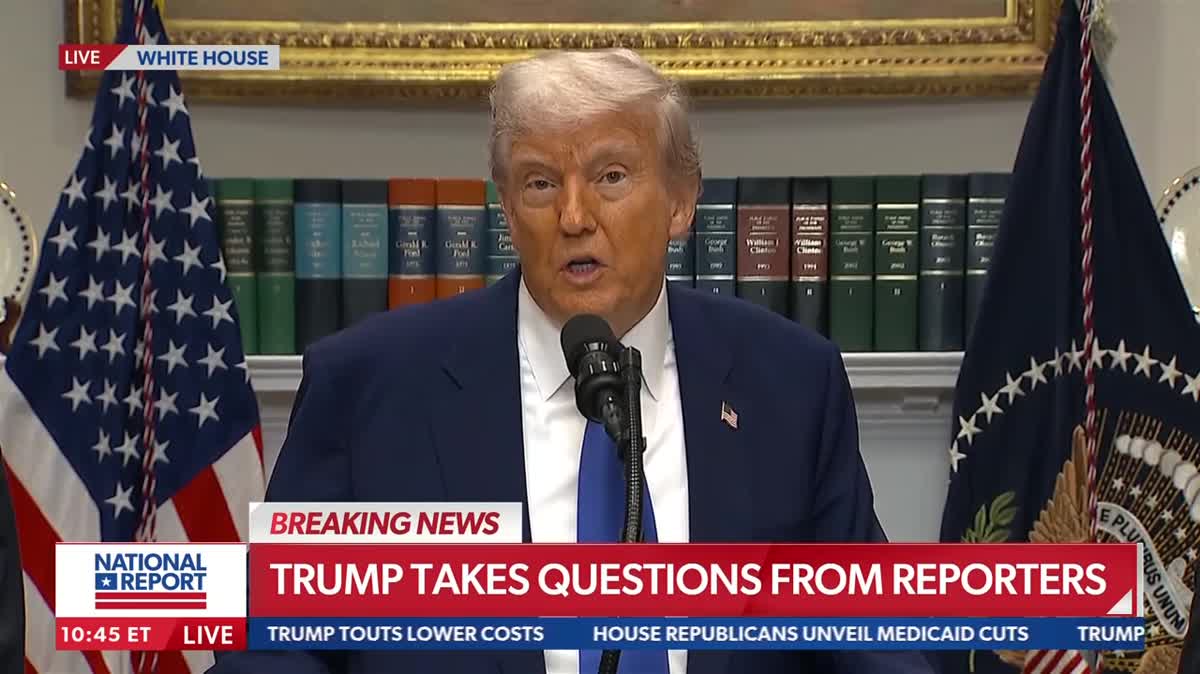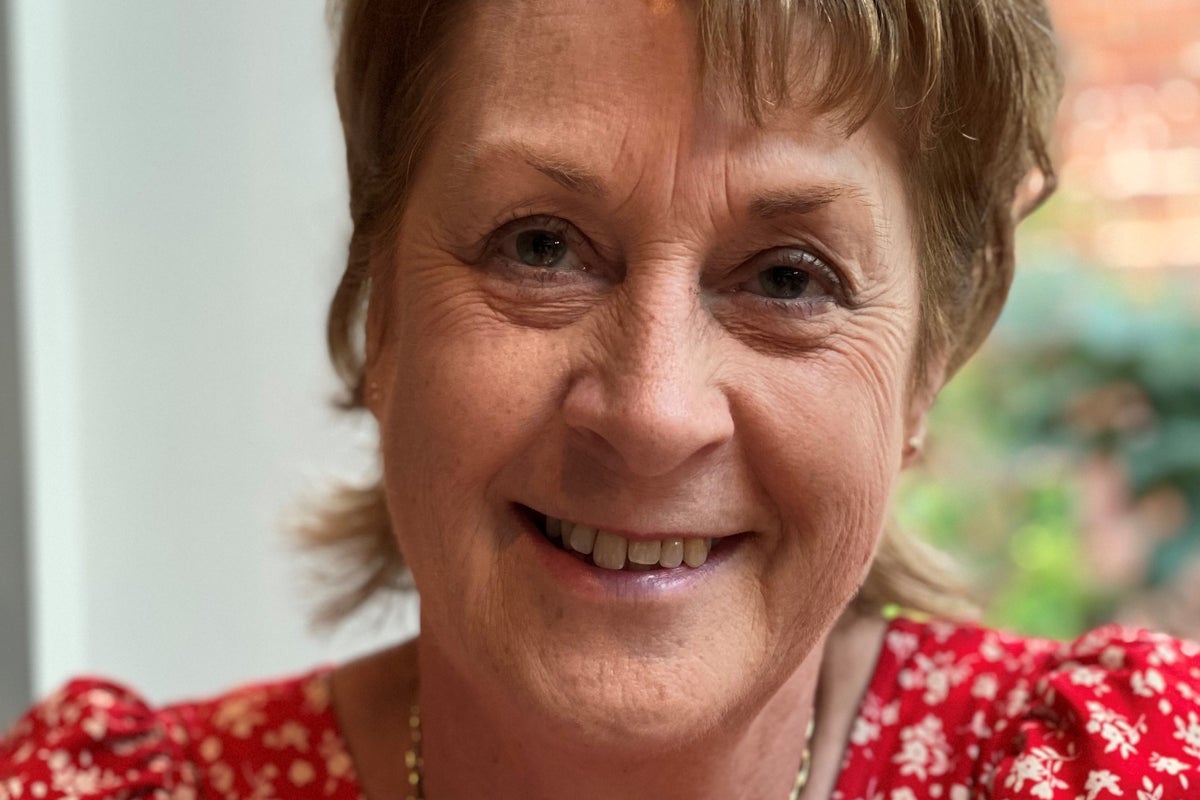In early March, a seven-year-old boy in immigration custody received good news: He would finally be released to his mother’s care. Months earlier, he had been apprehended as an unaccompanied minor while crossing the US-Mexico border. Since then, he had been staying in a facility run by the Office of Refugee Resettlement, waiting for his mother, who was already in the United States, to be approved as his sponsor. She had painstakingly jumped through the necessary hoops, submitting the required documents and undergoing a home study to show that she was a safe caregiver. But soon after the boy learned of his imminent release, a new federal policy abruptly made his mother ineligible as a sponsor.
Confused about why he is still in custody, the boy recently told his mother, through tears, that she must not want him after all.
Across the country, thousands of children are quietly lingering in ORR facilities, unable to reunite with parents or relatives because of new Trump administration policies limiting who can sponsor them. According to a class action lawsuit filed by immigration advocacy groups last week, children are “being separated from their loving families, while the government denies their release, unnecessarily prolonging their detention.”
Some of the kids in custody are appearing in immigration court alone, as a result of recent cuts to federal funding for legal representation for unaccompanied children.
“We don’t know when, if ever, they will be able to reunite with their family.”
“They’re crying, having a lot of anxiety and distress that they are expressing,” says Mickey Donovan-Kaloust, director of legal services at the Immigrant Defenders Law Center, one of the lawsuit plaintiffs. “It’s heartbreaking for our team.”
When kids cross the border without a legal guardian and are detained by the Border Patrol, they’re transferred into the care of ORR while they wait for a sponsor—usually a parent or relative—to jump through the necessary hoops to take them in. Teenagers in ORR custody are confined to shelters, which take the form of campuses with a school and recreational areas, while younger children often stay in foster homes. Historically, the kids have been released from ORR to live with their sponsors while immigration courts weigh their cases to remain in the country.
But over the past three months, the Trump administration has rolled out a series of new screening rules that make it nearly impossible for undocumented people to become sponsors. There are now about 2,000 children in custody, far fewer than there were when Trump was elected, reflecting the sharp downturn in people trying to enter the country. Yet those children who are in custody, many of whom arrived at the end of the Biden administration or the beginning of Trump’s second term, are staying much longer.
In December 2024, the average length of stay for a child in ORR custody was about two months. By March of this year, it had nearly tripled, to six months.
In the past, says Donovan–Kaloust, if her team was working with a child in ORR custody, “We could say, ‘Yes, we know this is hard, but the case managers are working on it and you’ll be out soon.’ And we can’t say that anymore. We don’t know when, if ever, they will be able to reunite with their family.”
Until March, prospective sponsors could use a foreign passport or national ID, along with birth certificates, verified by the home country’s consulate, to show the US government that they were who they said they were. Now, prospective sponsors—along with everyone else in their household—must present either a US form of identification or a foreign passport with a stamp showing the pending receipt of a green card. They also must present proof of income, such as pay stubs or tax returns connected to their current address, excluding those who are paid in cash or lack formal employment agreements. All sponsors and their household members must agree to be fingerprinted, and, if they claim a biological relationship with the child in custody, they must submit to DNA testing.
The administration claims these changes are in the name of child safety. Trump has said, falsely, that 300,000 migrant children were lost under Biden’s administration. (The number appears to come from a 2024 report finding that Immigration and Customs Enforcement hadn’t served notices to appear in court to 291,000 migrant children.) Health and Human Services director Robert F. Kennedy Jr. doubled down on the conspiracy at a recent cabinet meeting, claiming that the Biden administration had become a “collaborator in child trafficking for sex and slavery,” and that HHS is “very aggressively going out and trying to find these 300,000 children.” HHS posted on X that ORR was “combing through every report, every detail — because protecting children isn’t optional.”
But many immigration experts say the new sponsor screening rules are antithetical to child welfare. In some cases, children have resorted to self-harm “because their reunification has been delayed or entirely prevented over a document that their sponsor literally cannot obtain,” says Molly Chew, who directs the ReUnite Project, which is part of immigrant legal services nonprofit Vecina. “We are weaponizing child welfare as this pretext for immigration enforcement while children sit in detention, increasingly traumatized, indefinitely, waiting for a way out.” (ORR didn’t respond to Mother Jones‘ questions.)
While multiple administrations have struggled over decades to respond to unaccompanied minors crossing the border, politicians on both sides of the aisle have historically supported federal protections that prevent the kids from being immediately deported, including access to legal representation and care under ORR. Part of HHS’s Administration for Children and Families, ORR is not an immigration enforcement agency; its stated mission is to support unaccompanied children through “culturally responsive and trauma-informed” services.
In the past, ORR didn’t share information with Immigration and Customs Enforcement on the legal status of sponsors. But that, too, has changed under Trump. ICE agents have been given access to ORR’s database of information about unaccompanied children, and agents from ICE and the Department of Homeland Security now accompany ORR on “welfare checks” of unaccompanied children and their sponsors.
Bilal Askaryar, communications director at the Acacia Center for Justice, which provides immigrant legal defense, says some of the welfare checks are virtually indistinguishable from enforcement visits, with uniform-clad ICE officers banging on doors and demanding to be let inside. The message to prospective sponsors is clear, says Askaryar: “You take care of these kids, and it’s now going to put a target on your back.”
“It seems the purpose is to assist with enforcement and to put a chilling effect on people willing to take in children,” says Donovan-Kaloust, of the Immigrant Defenders Law Center. “The children are being used as bait, basically.”
At the same time that the White House has implemented new screening rules for sponsors, it has also stripped many unaccompanied kids of the legal services that helped them make their cases in front of immigration judges.
In March, the Trump administration abruptly terminated part of a $200 million contract that funds attorneys and other legal services for 26,000 unaccompanied kids, including those in ORR custody. The legal service providers immediately challenged the termination, but while the case is pending, the groups say damage is already done.
“A lot of kids have been going in the past few weeks to the court alone—completely alone,” says Evelyn Flores, managing paralegal at Amica Center for Immigrant Rights, which represents children in Washington, DC, Maryland, and Virginia. “How can a 4-year-old kid attend immigration court completely alone?”
A Gothamist story in late April laid out the scene from one such court hearing. About a dozen migrant children sat in front of a computer screen at a shelter in New York last month as Judge Ubaid ul-Haq explained, “The reason we’re here is because the government of the United States wants you to leave the United States.” The story continued:
The parties included a 7-year-old boy, wearing a shirt emblazoned with a pizza cartoon, who spun a toy windmill while the judge spoke. There was an 8-year-old girl and her 4-year-old sister, in a tie-dye shirt, who squeezed a pink plushy toy and stuffed it into her sleeve. None of the children were accompanied by parents or attorneys, only shelter workers who helped them log on to the hearing.
Research shows that many unaccompanied children have valid claims for immigration relief, and most unaccompanied kids with legal representation end up being allowed to stay in the country, says Jonathan Beier, director of research and evaluation for Acacia’s program for unaccompanied children. “But not having a lawyer,” Beier says, “makes it virtually impossible.”
The vast majority of those appearing in immigration court without counsel are eventually deported.
The cuts to legal services affect not only kids in ORR custody, but those who had been living with family members. In late April, news broke that the parents of a two-year-old girl in El Paso had both been deported—he was sent to a high-security prison in El Salvador; she was deported to Venezuela—leaving their daughter in ORR custody. The girl has lived in at least four foster homes since March.
Estrella del Paso, which provides legal services to immigrants in El Paso, had been representing the two-year-old before the funding cuts. But the organization was one of many forced to furlough or lay off employees this spring, leaving just six employees to handle the hundreds of children the organization already represented. As a result, staffers weren’t aware of what was happening to the girl it was too late, says CEO Melissa Lopez. “But for this termination order, we would have intervened and likely had, in my opinion, a different outcome,” she says.
The court battle over the terminated legal service contract has left legal aid organizations that represent unaccompanied kids in limbo. In March, the groups sued the federal government over the funding cuts for legal assistance for unaccompanied kids. On April 1, US District Judge Araceli Martínez-Olguin granted them a temporary restraining order, which should have resumed federal funding. But the groups filed subsequent complaints saying that the government was still not complying with the restraining order. Finally, in late April, the government signed a new contract with Acacia, which administers the funding, and Martínez-Olguin ordered the government to continue paying for the legal assistance in a preliminary injunction.
But it remains unclear how long the funding will last; HHS has appealed and filed a motion to stay the judge’s injunction. Some legal aid organizations, like Estrella del Paso, have rehired workers lost to the funding cuts. Others, like the Immigrant Defenders Law Center, have not, fearful that services could be interrupted again.
“It’s a fast-track to deportation for kids that really otherwise would be otherwise eligible for asylum.”
All the while, the Trump administration has directed immigration courts to speed up cases. Some courts have seen the return of “rocket dockets,” in which the court quickly schedules and moves through the proceedings. Immigration advocates argue that the process pressures children to accept removal orders and undermines due process. “It’s a fast-track to deportation for kids that really otherwise would be otherwise eligible for asylum,” says Acacia’s Askaryar.
A recent Republican House budget proposal would further dismantle protections for unaccompanied kids. The budget would omit funding for unaccompanied children’s legal services and require sponsors to pay the government $8,500 before the child could be released to the sponsor’s care; $5,000 could be reimbursed if the child attends every court proceeding.
All told, immigration advocates say, the recent policy changes affecting unaccompanied minors—the new rules for sponsors, the information sharing between ORR and ICE, the funding cuts for legal representation, the fast-tracking of cases—are part of a broader effort to deport kids.
“The government’s been clear that they want to remove as many immigrants as possible,” Donovan-Kaloust says. “Low-hanging fruit is children. If you keep them detained and seal off their access to counsel, the end result will likely be that they’ll get deported.”















